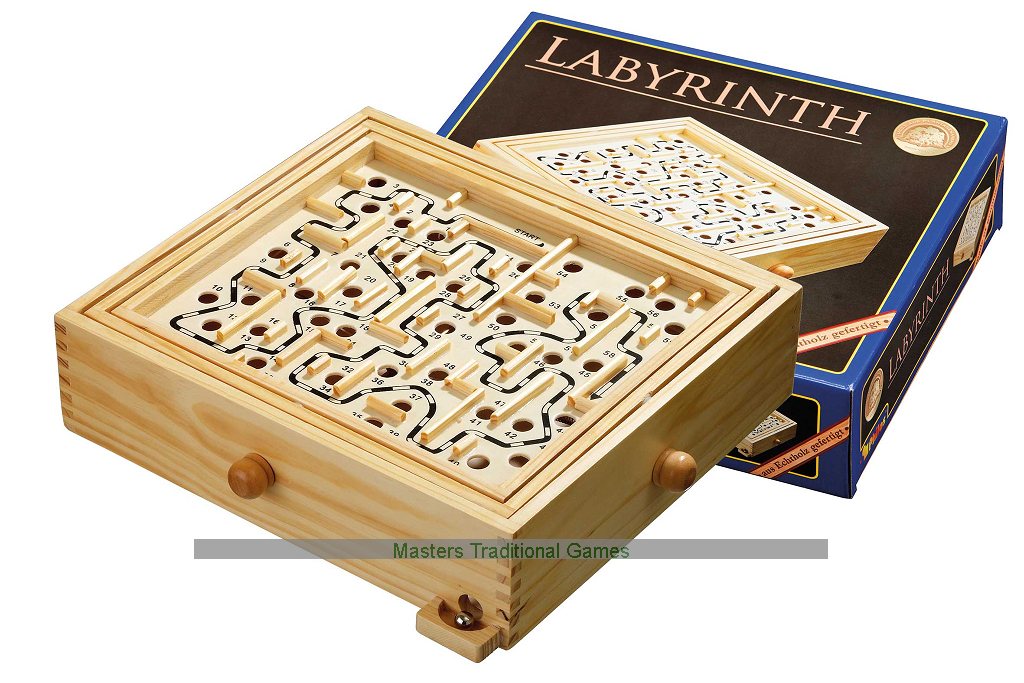Continuing the previous discussion so as not to derail the other thread…
No, certainly not, that is nearly the opposition of what I was trying to illustrate with my analogy…evolution broadly understood doesn’t need royal flushes or anything close… anything that improves relative fitness in an incremental fashion is reasonable, like my illustration of swapping cards… if you have a pair, you don’t need to get a royal flush to see an improvement. My analogous “evolution” here simply needs any improvement. If you have a pair of 3s, a 6, a 9, and a Jack, swapping out the 6 for a 7 would “improve fitness”, and could be a legitimate stepwise improvement.
But what this illustrates is one very core difficulty I have with the way many conceive of evolution. I hear people say, in effect, “see! see! There is a stepwise path to some certain complexity.” And to be sure, there may well be. But that doesn’t answer my doubt.
As discussed in the other post, if we started with a the hand above… let’s say (3,3,6,9,J)…yes, it is conceivable for my stepwise evolution simulator to arrive at a royal straight (let’s keep out flushes just to simplify things)…
3-3-6-9-J
3-3-K-9-J
3-K-K-9-J
Q-K-K-9-J
Q-10-K-9-J
Q-10-K-A-J
So sure, that pathway exists. But the relevant question is still the likelihood of that particular outcome compared to all the others.
So just for fun, I tried this simulation again (with a real deck of cards and a die), and set myself up for success by starting each time with a 4-J-Q-K-A. I ended up with:
All I needed was a “10” to show up to randomly replace that first card… but my die rolls and random cards, this experiment at least, kept giving me pairs in the other cards, which the rules of this evolution simulation found more “fit” than an “almost” straight, and we’d be on the evolutionary path to 4ofakind. I ended up with…
A-Q-Q-Q-Q
A-J-A-A-A
4-Q-Q-Q-Q
K-K-A-K-K
A-Q-Q-Q-Q
Even setting up an almost straight… but five times, five failures to get that royal straight, because alternate incremental pathways that lead to something else “very good” are more numerous than the paths that lead to our royal straight.
So when I observe some biological feature which is stunning and intricately complex, the biological equivalent of a royal straight, it doesn’t help me if someone says, “but there is an evolutionary path that could lead there.” Fine, let’s assume there is. But we must have some sense as to how likely or unlikely it is for blind chance to have stumbled upon that particular pathway. If the odds are 1/2, then this may well be a legitimate explanation. If 1/10^30, then this is hardly a good explanation.
And if we don’t know, then it is simply presumptuous to claim it is or is not a good explanation.
The fact I see so many evolution sympathizers jumping on these explanations and dismissing the question of probability is worthy what strengthens my skepticism.
